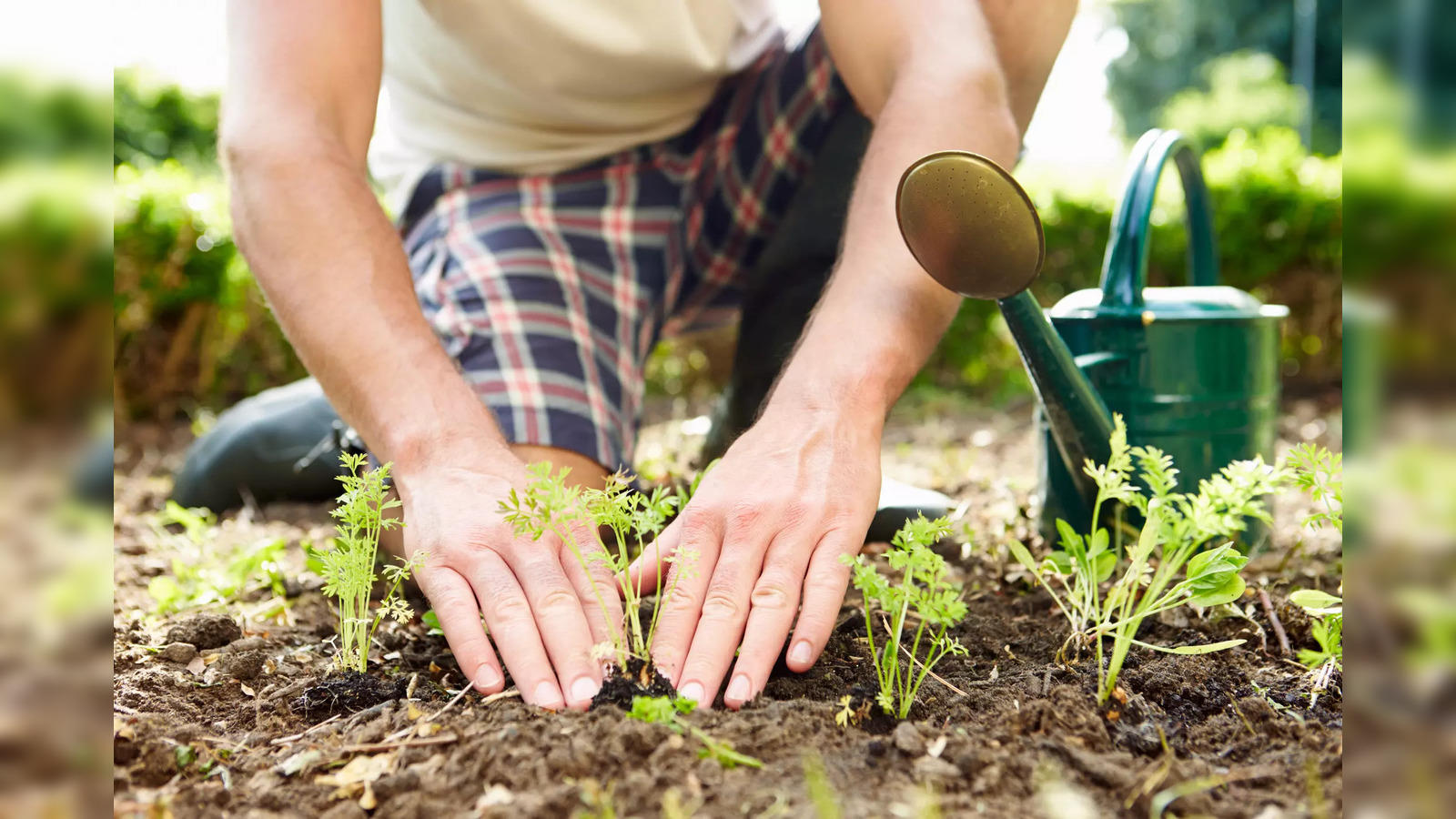The Ultimate Overview to Horticulture for Beginners: Detailed Tips and Techniques for Growing a Growing Yard
From recognizing your garden room to selecting the right plants and preparing the soil, we've obtained you covered. Get ready to unleash your green thumb and create a stunning, growing garden.
Comprehending Your Yard Area
Understanding your garden room is essential for creating a growing yard. This will aid you figure out which plants will thrive in each location. gardening kit for beginners.
Next, assess the dirt in your yard. Is it sandy, clay-like, or loamy? Understanding your dirt type will assist you in selecting the right plants and implementing proper soil modifications. Furthermore, consider the drain of your garden. Is it susceptible to waterlogging or does it drain swiftly? This information will certainly help you make notified decisions regarding watering and plant positioning.
Moreover, pay attention to any kind of microclimates within your garden. These are little locations that might vary in temperature level or dampness levels contrasted to the rest of your yard. A south-facing wall may retain warm, developing a warmer microclimate. Utilize these variations to your advantage by planting heat-loving or moisture-loving plants in these areas.
Choosing the Right Plant Kingdoms

Do you choose low-maintenance plants or are you ready to place in extra effort for high-yield crops? Believe concerning the quantity of time, energy, and resources you are ready to spend in your yard.
Additionally, think about the area readily available in your garden. Take measurements and prepare out the format of your plants. Consider the mature dimension of each plant and make sure they have sufficient area to grow without congestion each various other.
Lastly, consider the functionality of your plant choices. gardening tips for beginners. Will you be able to provide the needed treatment and upkeep for your chosen plants? Think about factors such as watering, feeding, pest control, and trimming
Preparing the Dirt for Planting
As soon as you have actually selected the right plants for your growing yard, it's time to dive into the important job of preparing the dirt for planting. Take a sample and test its pH degrees, as various plants flourish in various pH varieties.

Once the soil is prepared, produce furrows or holes for planting. The depth and spacing will depend upon the certain needs of your picked plants, so discover this describe the seed packages or plant tags for advice. Delicately position the plants in their marked spots, guaranteeing that the roots are covered with soil. Securely press the soil around the base of each plant to get rid of any type of air pockets.
As you water, be cautious not to wash away the soil or damages the fragile plants. With appropriate soil prep work, your garden will be well-appointed to sustain the growth and success of your plants.
Watering and Feeding Methods
After preparing the soil for growing, it's vital to understand reliable watering and fertilizing strategies to guarantee the wellness and growth of your yard. It's vital to strike a balance when it comes to watering. Overwatering can bring about root rot and other illness, while additional reading underwatering can cause stunted growth and wilting. The trick is to offer adequate water to maintain the soil constantly moist however not filled. One way to evaluate if your plants require watering is by sticking your finger about an inch into the dirt. It's time to water if it really feels dry. When watering, goal for the base of the plants, as moistening the leaves can encourage illness. When it comes to feeding, it's essential to provide your plants the nutrients they require to grow. Organic fertilizers, such as compost or well-rotted manure, are outstanding selections as they give a slow release of nutrients. It's finest to use plant foods in very early springtime or late loss, complying with the directions on the plan. Bear in mind to sprinkle your plants after feeding to aid the nutrients get to the origins. By understanding these watering and fertilizing techniques, you'll be well on your way to a successful yard.
Preserving a Healthy Garden
To maintain a healthy and balanced yard, you must regularly inspect your plants for indicators of illness or insects. By doing this, you can catch any kind of concerns beforehand and take the needed steps to stop them other from triggering and spreading damages to your whole garden. Look for any uncommon places on fallen leaves, wilting or yellowing foliage, or openings in the fallen leaves, as these might be indications of bugs or illness. It is essential to take prompt action. if you see any of these indications.
Another method is to motivate helpful pests like lacewings and ladybugs, which feed on yard parasites. Growing blossoms such as daisies, marigolds, and sunflowers will certainly bring in these useful bugs to your garden.
In enhancement to parasites, diseases can likewise impact your plants. Proper spacing between plants and excellent air flow can additionally aid avoid the spread of conditions.
Final Thought
To conclude, gardening can be a gratifying and fulfilling pastime for beginners. By recognizing your garden space, picking the right plants, preparing the dirt, and executing appropriate watering and feeding strategies, you can develop a thriving garden. Remember to maintain its health and wellness by frequently having a tendency to it. With perseverance and commitment, you'll soon be taking pleasure in the beauty and bounty of your very own prospering garden. Delighted gardening!
Make use of these variants to your benefit by growing moisture-loving or heat-loving plants in these areas.
